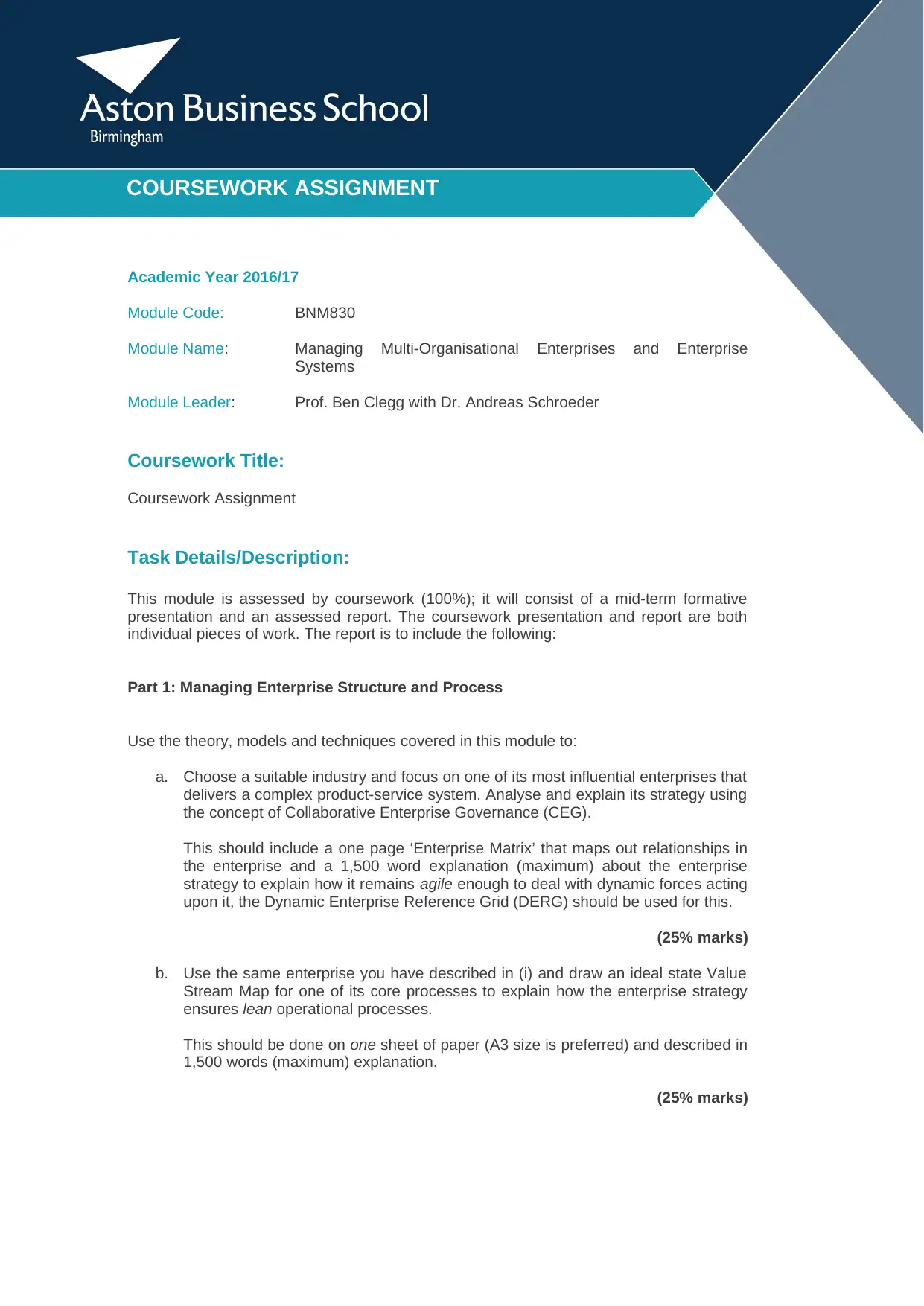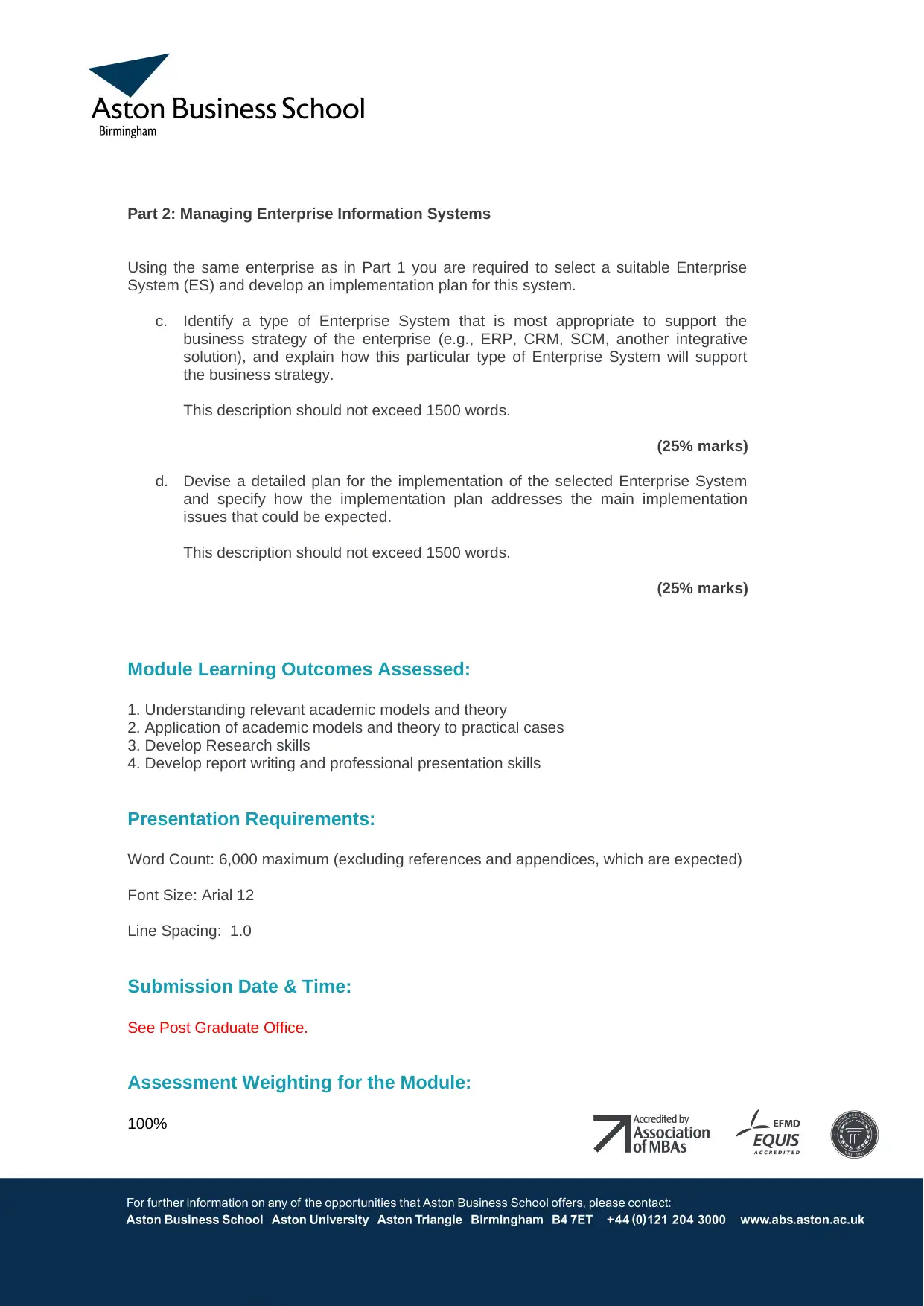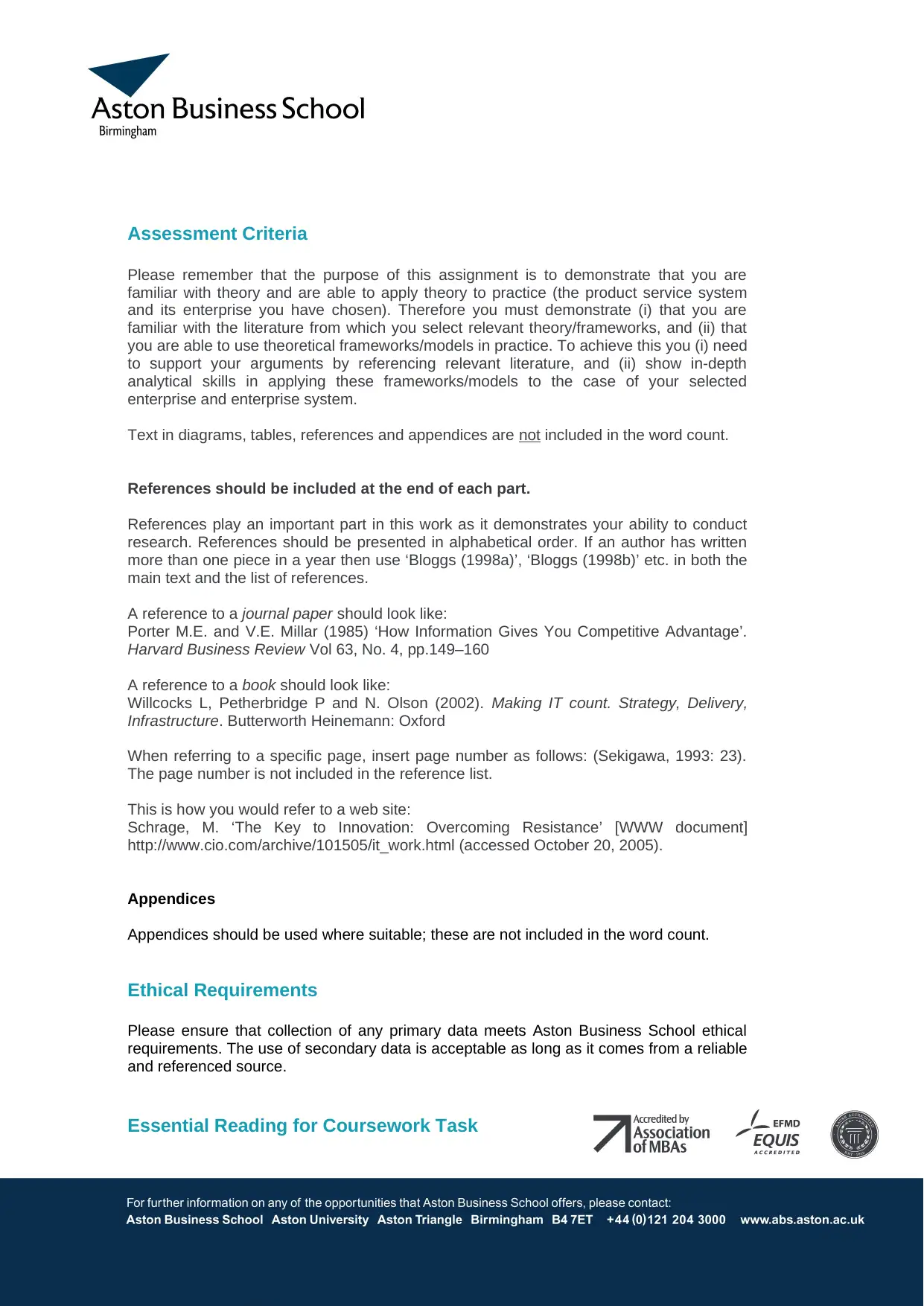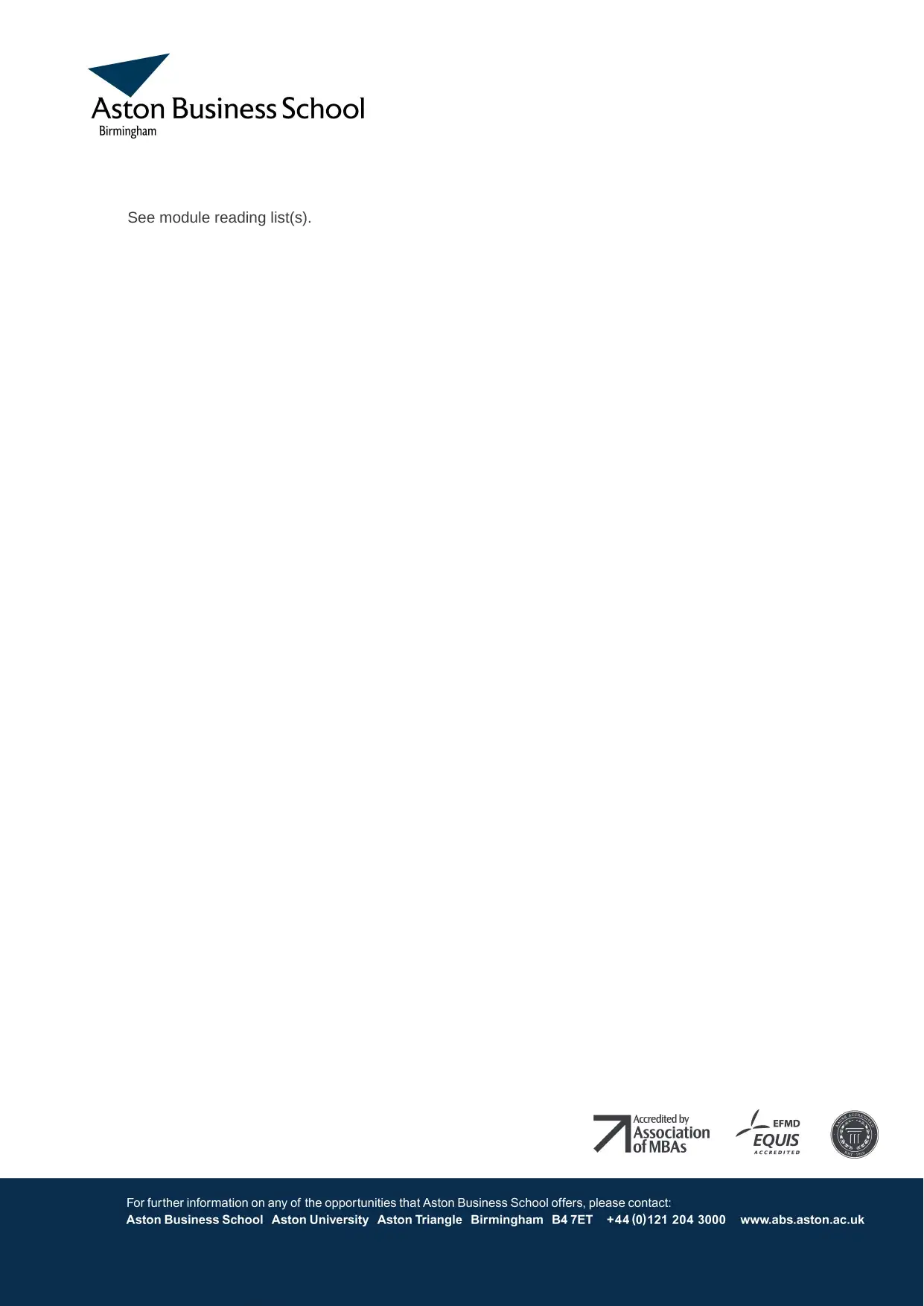BNM830: Report on Multi-Organisational Enterprises and Systems
VerifiedAdded on 2019/09/20
|4
|929
|304
Report
AI Summary
This coursework report, completed for the BNM830 module, focuses on managing multi-organisational enterprises and enterprise systems. The report is divided into two parts. Part 1 involves analyzing an enterprise's strategy using Collaborative Enterprise Governance (CEG) and the Dynamic Enterprise Reference Grid (DERG), alongside a value stream map to ensure lean operational processes. Part 2 requires the selection of a suitable Enterprise System (ES), such as ERP, CRM, or SCM, and the development of an implementation plan, addressing key implementation issues. The report emphasizes the application of academic models and theory, requiring extensive research and referencing, and demonstrating in-depth analytical skills. The assignment assesses understanding of relevant academic models and theory, application of these to practical cases, research skills, and report writing abilities. The report is based on a 6,000-word limit excluding references and appendices.
1 out of 4











![[object Object]](/_next/static/media/star-bottom.7253800d.svg)